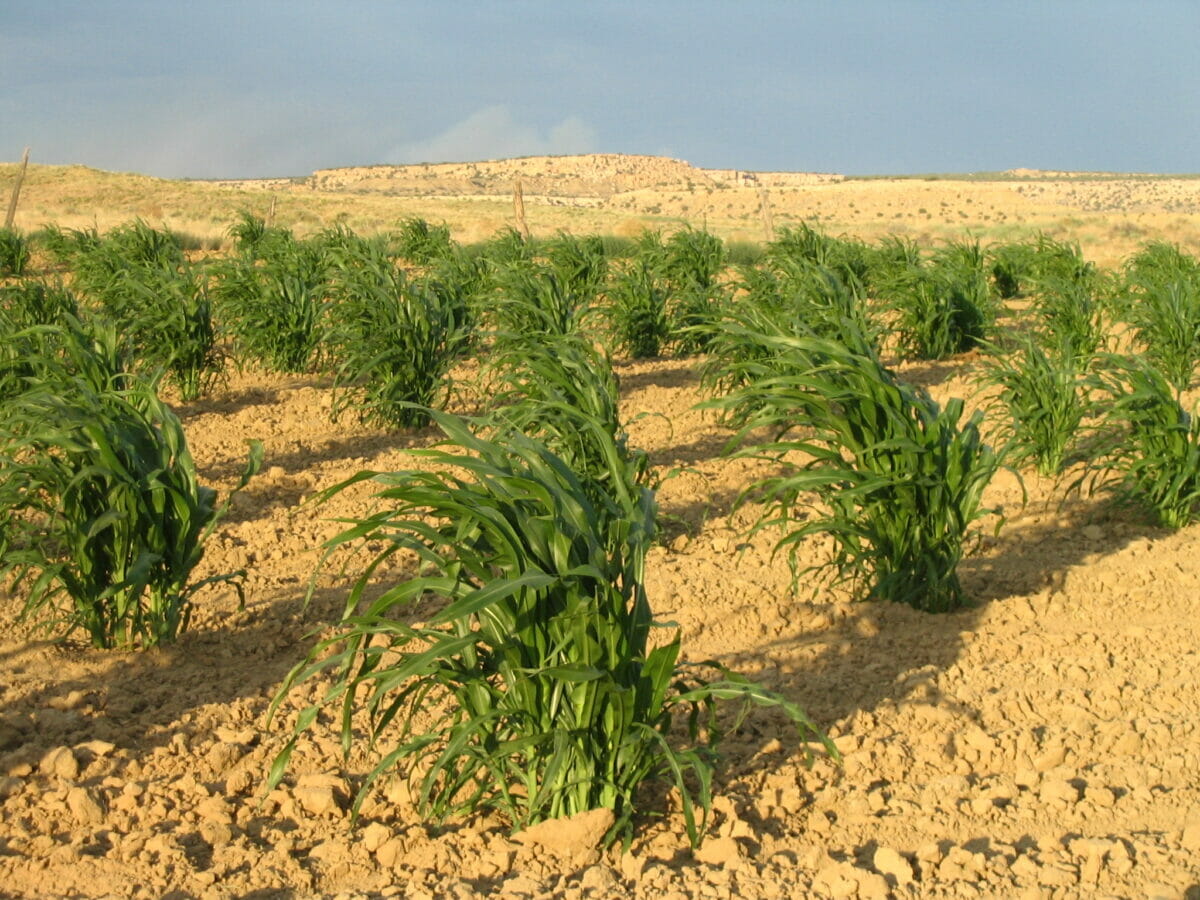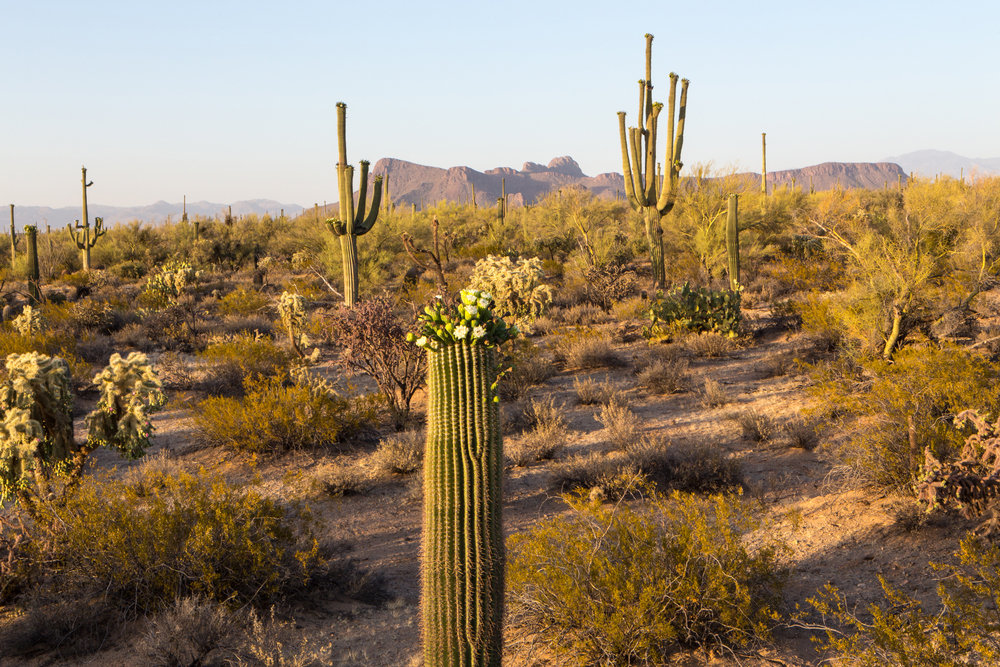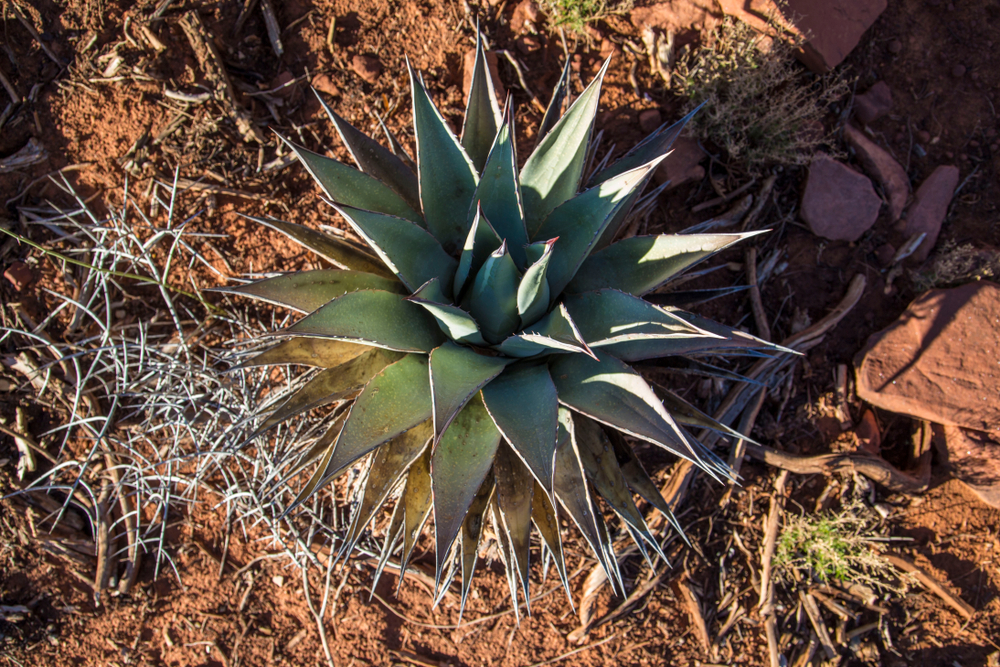Can Dryland Farming Help Growers Endure Increasing Heatwaves and Drought?
Indigenous practitioners around the world have farmed with only rainwater for millennia. But it’s unclear whether conventional agriculture, which relies heavily on irrigation, will learn any of their lessons.




I would like to know what perennial plants can be grown in a high desert environment where there is little water and high summer temperatures but in winter can have many weeks of sub-freezing temperatures. What kind of permaculture system can be set up in this kind of environment?
The photo credited to the Quivira Coalition came from Dr. Michael Johnson.
It is CO2/carbon that is the most missing on deserts. Just put more CO2/carbon , a little shading/reflecting mats and capillary distilled watering for plants- then deserts will start greening.